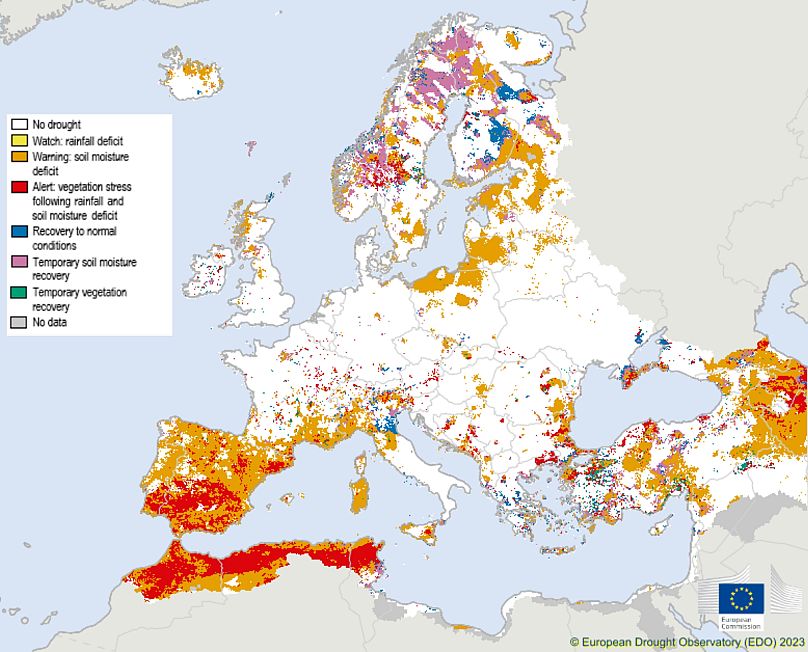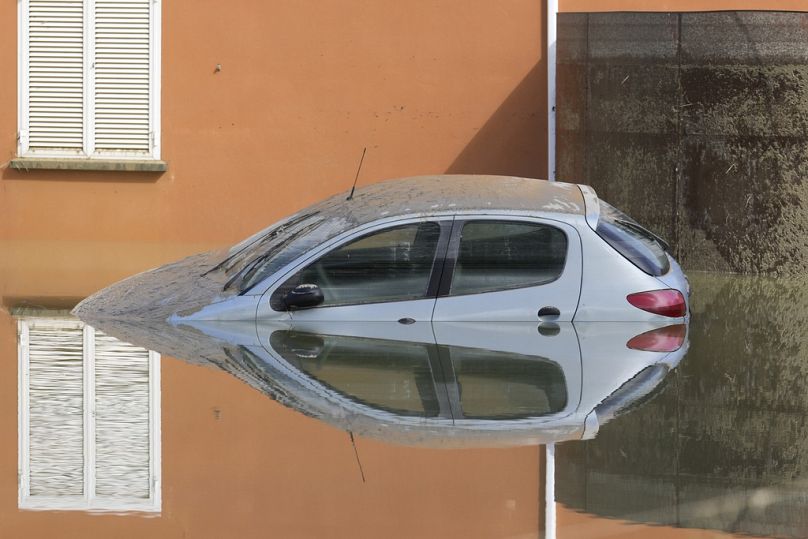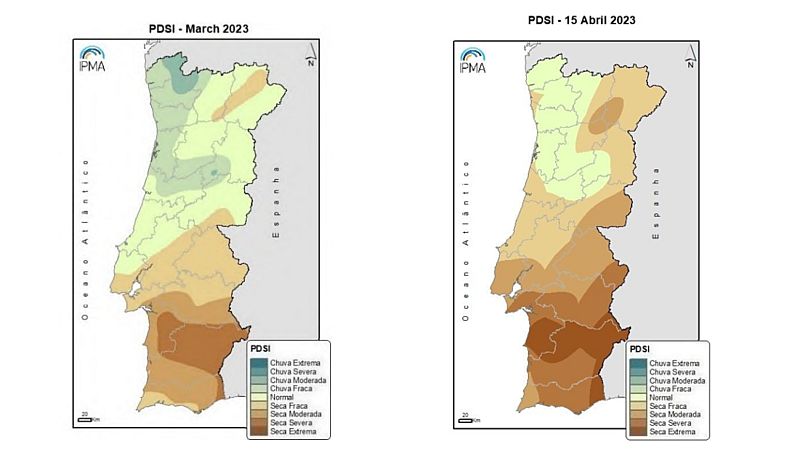From drought to heavy downpours, extreme weather is hitting Europe hard. Here are some of the regions facing the biggest impacts.
Much of the European Union has faced adverse weather conditions in recent months.
Lack of rainfall, heatwaves and severe flooding have led to serious situations in several regions across Mediterranean countries like Spain and Italy.
Now southern Europe is bracing for a summer of even more intense drought than last year which was the worst in 500 years according to European Union researchers.
Some places have already faced water shortages through winter and spring and farmers are expecting a significant impact their crops and livestock.
So which parts of Europe are facing the biggest risk from drought?
How is extreme weather impacting Europe?
Just over 20 per cent of European Union territory is currently under drought warning and 3.2 per cent is under an alert, according to the European Drought Observatory.
Several years of drought have depleted groundwater reserves while river and reservoir levels are low.
Portugal and Spain are seeing the biggest impacts from the lack or rain but Baltic and Scandinavian countries are also experiencing drier than usual soil. 26 of France's 101 departments are at high risk of drought by the end of this summer.
Southern EU states are becoming increasingly concerned with the impact drought is having on the agricultural sector. A report presented by Portugal on behalf of France, Italy, and Spain paints a worrying picture for the future.
Some of the worst affected countries are requesting funds from the bloc's agricultural reserve - a fund of €450 million intended to support farmers in exceptional circumstances.
Spain’s farmers face a lack of rain and high temperatures
Rainfall in Spain during winter and spring has been well below what it usually is. From October 2022 to April 2023, it was 24 per cent below the average for this time of year. This drought comes after 2021 and 2022 saw rainfall 26 per cent below the average value.
Large parts of the country are under drought alerts and some are facing an emergency in terms of water availability. In the northeast of Spain, Catalonia’s 7.7 million residents have been suffering the effects of more than 30 months of drought.
Residents told Euronews Green in April that they have resigned themselves to water restrictions again this year. Wells have dried up in villages around Barcelona and water has to be brought in tankers to supplement their supply.
Farmers across Spain have been struggling with the impact of drought too. With little to no grass for livestock to eat, many are having to bring in food for their animals, driving up prices for consumers. They are also concerned about a significant decline in the production of fruit and vegetables without a reliable supply of water.
In early May, the government approved a package of measures worth more than €2 billion to combat a severe drought threatening water resources and agriculture.
Now Spain is being battered by rain with large parts of the country - including Barcelona, Madrid and Valencia - placed under yellow warning by its meteorological office (AEMET) this week because of the risk of heavy rain and storms.
A critical situation in Italy as heavy rains fall on dry ground
Flooding in Italy dominated headlines in recent weeks but the country’s water situation is complex.
Experts at the Copernicus Climate Change Service say the downpours are unlikely to reduce the impact of a dry summer.
Lack of snowfall and rain means supplies in the Po River basin - which holds half of Italy’s water resources in normal conditions - are still low. With the river's flow levels still low, salt water has risen from the Adriatic Sea into the Po delta. If this persists, it could leave the land unusable for agriculture.
Recent extreme weather has made the situation worse. Intense rainfall over a short period of time led to extensive flooding that killed at least 15 people and caused extensive damage in the Emilia-Romagna region.
Drought and the flooding of rivers and streams, combined with landslides, are having an impact on agriculture, damaging animal farming, vineyards and cereal crops as well as fruit and vegetable production.
Drought in Portugal got significantly worse in April
In April, average temperatures in Portugal were almost always above average the monthly average. IPMA, the country’s national meteorological organisation, recorded heat waves at 50 per cent of its weather monitoring stations between the 2 and 11 April.
Alongside hot weather, reduced rainfall during March and April has left the soil very dry - especially in the south of Portugal.
The drought situation got significantly worse last month according to agro-meteorological and hydrological monitoring. It has negatively impacted agricultural in more than 40 per cent of the country.
Around 90 per cent of the country’s mainland is now suffering from drought with severe drought affecting one-fifth of its territory. This is twice as much as in March and nearly five times the area reported a year earlier.
The government has said that the dry weather is affecting agriculture and water reservoirs with the Ministry of Agriculture, asking the European Commission for help at the beginning of May.














